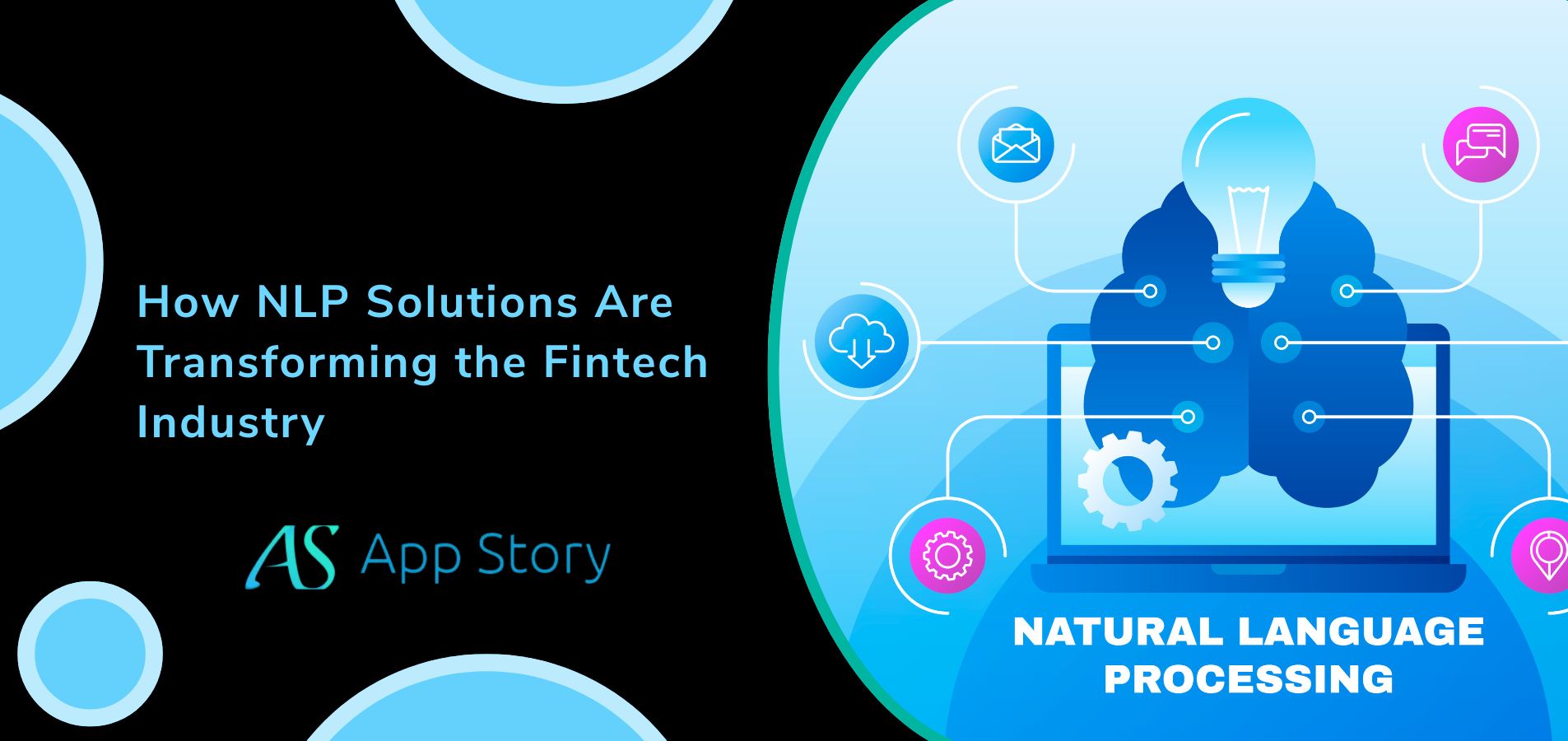Is your product roadmap constantly battling the clock?
Feel like you’re stuck sprinting to integrate the latest AI-driven personalization features or scale your cloud-native services on Kubernetes, while your competitors seem to launch major updates almost effortlessly?
For modern businesses– Speed isn’t just an advantage, it’s the baseline for survival. Falling behind isn’t measured in years, but in quarters, sometimes even sprints.
Yet, despite this relentless pressure, many organizations hamstring themselves with an outdated approach to building their most critical asset: their development capability. Posting a hyper-specific job description for that elusive full-stack-cloud-ML-whisperer. Sifting through hundreds of disparate applications, enduring weeks (or months!) of interviews and technical tests, and finally onboarding one specialist! Only to immediately face the next skill gap bottleneck for that crucial feature launch. This developer-by-developer hiring marathon isn’t just slow; it actively creates friction and knowledge silos in a world demanding seamless, cross-functional execution.
Risks of hiring individual developers– The traditional model of hiring individual developers sequentially is fundamentally mismatched for handling the complex demands of modern software development.
Embracing a more integrated, team-based approach to acquiring development talent isn’t just “nice to have” or a trendy HR buzzword – it’s becoming a competitive necessity.
Let’s discuss this in detail:
The Cracks in the Foundation: Unpacking the Disadvantages of Hiring a Single Developer
Let’s face it — hiring individual developers one by one seems like a straightforward way to fill immediate skill gaps. But the reality is far more complex, especially in modern software development. This process is riddled with inefficiencies, risks, and limitations, all of which can slow your development cycles and erode your competitive advantage.
Example: Consider a company aiming to launch a new AI-powered feature. You’ve hired a full-stack developer to manage both the front-end and back-end. After a few weeks of onboarding and integration, it becomes clear that you now need an expert in machine learning, but the original developer isn’t familiar with the specific frameworks needed. You’re back to square one, wasting both time and resources.
This is just one of the many challenges of solo developer hiring. Here’s how it compounds over time:
- Excessive Recruitment Cycle: The cycle of posting job descriptions, filtering through hundreds of applications, conducting multiple rounds of interviews, and finally onboarding an individual is resource-intensive. This way, you end up wasting money and time that you intended to save by hiring a solo developer.
- Integration Bottlenecks: Even the best developers can only perform at their highest level when working in a collaborative environment. When each hire is isolated in their own silo, they lack the context that fosters smooth integration. This lack of cross-functional interaction creates delays, as each new developer takes time to understand the project’s scope, codebase, and team dynamics.
The Hidden Costs of Hiring Solo Developers
It’s easy to think that hiring individual developers is more cost-effective upfront. After all, it seems less expensive than bringing in an entire team. However, when you factor in the long-term costs — such as repeated hiring cycles, integration bottlenecks, and missed deadlines — it quickly becomes clear that the cost-saving benefits of hiring dedicated developers team are far more impactful.
Scenario: Imagine your company invests in multiple solo developers to build a SaaS product, but due to poor communication and lack of collaboration, the product is riddled with errors. Not only does this delay the release, but it also incurs rework costs.
Here is the solution:
Benefits of Hiring a Dedicated Development Team
So, what’s the alternative to this fragmented approach? It’s simple: hire a dedicated development team. Instead of sourcing individual developers who may or may not fit well together, a dedicated team provides immediate synergy. This integrated group of experts is already aligned with your goals and brings together essential skills—front-end, back-end, QA, DevOps, UI/UX—into a cohesive unit.
Real-World Example: Let’s say you’re a startup aiming to scale fast. You need developers who can hit the ground running, solving complex cloud infrastructure challenges while simultaneously developing AI-powered features. By hiring a pre-vetted dedicated team, you don’t just acquire talent; you gain a ready-made solution. These developers are already familiar with each other’s strengths, communication styles, and best practices, meaning they can collaborate seamlessly.
Let’s do a quick comparison for better understanding:
Dedicated Team vs. Individual Developer Productivity
| Aspect | Dedicated Team | Individual Developer |
| Parallel Processing | Multiple developers can work on different components (e.g., backend, frontend, AI) at the same time, enabling faster delivery of features and updates. | A single developer must handle multiple components, leading to slower development and frequent context switching, which hinders focus. |
| Code Quality | Continuous code reviews, pair programming, and collaborative debugging lead to higher-quality, more robust code with fewer bugs and less technical debt. | Code quality may suffer due to the absence of peer review; errors are often identified late in the process, leading to increased rework. |
| Faster Resolution of Roadblocks | In a team, diverse expertise allows for quicker identification and resolution of blockers, as team members bring varied technical knowledge to the problem. | A solo developer may face delays when encountering complex roadblocks, as they must resolve the issue independently, without immediate help. |
| Specialized Expertise | A team brings diverse skill sets (front-end, back-end, DevOps, QA) to the table, enabling specialized attention to complex tasks like security, scalability, or AI models. | A single developer, even if highly skilled, can lack the breadth of knowledge required to address complex, cross-disciplinary challenges. |
| Risk of Burnout | With a team, workload is shared, reducing the chances of burnout and ensuring continuous progress even if a team member needs time off. | A solo developer bears the full weight of the project, increasing the risk of burnout and potential delays if the developer is unavailable. |
| Scalability | Teams are scalable, allowing the project to grow or pivot easily by adding more specialists or adapting to shifting priorities. | Scaling with an individual requires constantly finding new hires to fill skill gaps, resulting in integration delays and continuity risks. |
| Time-to-Market | Faster time-to-market due to team efficiency— features are built and tested simultaneously, allowing for quick iteration cycles. | Time-to-market is longer, as the developer must sequentially address each feature, testing, and iterating as they go, which can delay releases. |
| Innovation and Creative Solutions | Collaborative brainstorming and diverse perspectives lead to more innovative solutions, faster prototyping, and more effective design choices. | A solo developer may be limited by their own perspective and experience, which could hinder the development of innovative or scalable solutions. |
The Strategic & Financial Upside: Why hire a dedicated development team
While the initial investment in hiring a dedicated team may seem higher than hiring solo developers, the cost-saving benefits of dedicated developers far outweigh the costs in the long term. Here’s why:
- Faster Time-to-Market: A cohesive team can deliver products faster, helping you stay ahead of the competition.
- Reduced Recruitment Costs: Rather than going through multiple hiring processes, you only have to recruit a single team.
- Lower Management Overhead: With a dedicated team, you manage one team lead or project manager instead of juggling multiple individual developers.
- Predictable Costs: Often, dedicated teams operate on a fixed monthly cost, helping you budget more accurately.
Also check : Laravel for Real-Time Analytics in E-Commerce
Conclusion: Don’t Get Left Behind — Hire Dedicated Developers
The choice confronting leaders today isn’t merely about hiring practices; it’s about defining your company’s future. Will you continue patching gaps with individual hires, constantly reacting to the market, and struggling with internal friction? Or will you invest in building a strong, integrated development engine capable of proactively shaping your future? The complexities of AI, cloud-native systems, and relentless market demands won’t lessen. Sticking to the solo-developer model in this environment isn’t cost-saving – it’s actively choosing to operate at a disadvantage, sacrificing speed, innovation, and resilience.
Embracing a dedicated development team isn’t just about efficiency; it’s a strategic commitment to sustained velocity, enabling you to achieve ambitious goals and outmaneuver competitors. Stop managing individual hires; start leading with strategic capability. The future belongs to those who build for it – cohesively.






 United States
United States United Kingdom
United Kingdom India
India Canada
Canada Singapore
Singapore















![10 Benefits of the Internet of Things You Should Know [2025]](https://www.appstory.org/wp-content/uploads/2025/03/ATS-10-Benefits-of-the-Internet-of-Things-You-Should-Know-2025@2x-80x60.png)




















